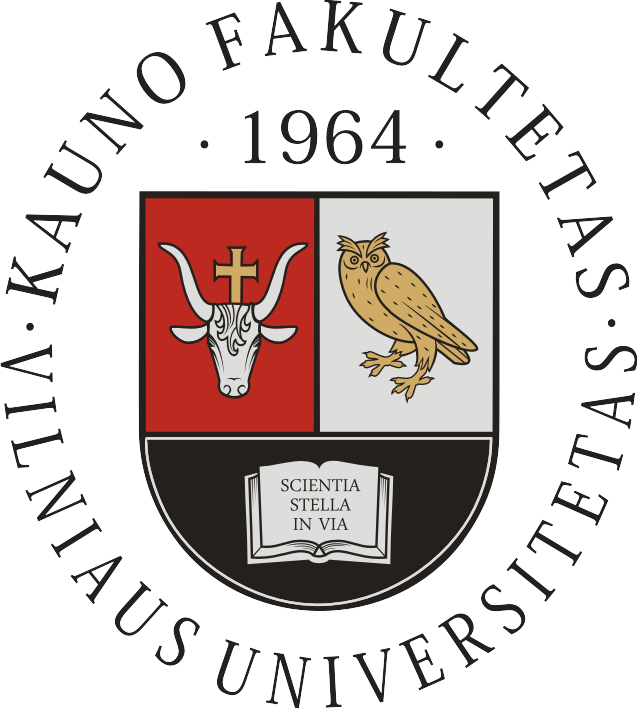Transformations in
Business & Economics
- © Vilnius University, 2002-2020
- © Brno University of Technology, 2002-2020
- © University of Latvia, 2002-2020
Article
EFFECTS OF GEOGRAPHICAL AND TECHNOLOGICAL PROXIMITIES ON COLLABORATIVE INNOVATION: AN EMPIRICAL STUDY ON CHINA'S STEEL INDUSTRY2
Yarui Zhang, Ding Ma, Xiaocui Li, Zhen Liu
ABSTRACT. Being two important dimensions of organizational proximities, geographical and technological proximities may exert interactive effects on innovation performance except their individual effects. However, few studies have examined the interaction. To identify the influences of geographical and technological proximities on the collaborative innovation, we extracted a total of 6,547 jointly filed patents in the fields of energy conservation, environmental protection and recycling in China's steel industry during 2009-2017 via the Patent Information Service Platform to construct collaborative innovation networks. A negative binomial regression model was employed to verify the independent and interactive influences of technological and geographical proximities on the collaborative innovation, as well as the moderating effect of network density on these links. Results show that compared with geographical proximity, technological proximity can improve the collaborative innovation remarkably and the interaction between multidimensional proximities can influence collaborative innovation more evidently than a single proximity. For the moderating effect, network density positively moderates the U-shape relationship between technological proximity and collaborative innovation output. Conclusions identify the effects of single proximity and interaction between multidimensional proximities on collaborative innovation and provide a reference for innovative organizations to reasonably allocate multidimensional proximities to improve the performance of innovation networks.
KEYWORDS: technological proximity, geographical proximity, collaborative innovation, steel.
2Acknowledgment: : This study was supported by 2019 Xiangyang Soft Science Research Project.

